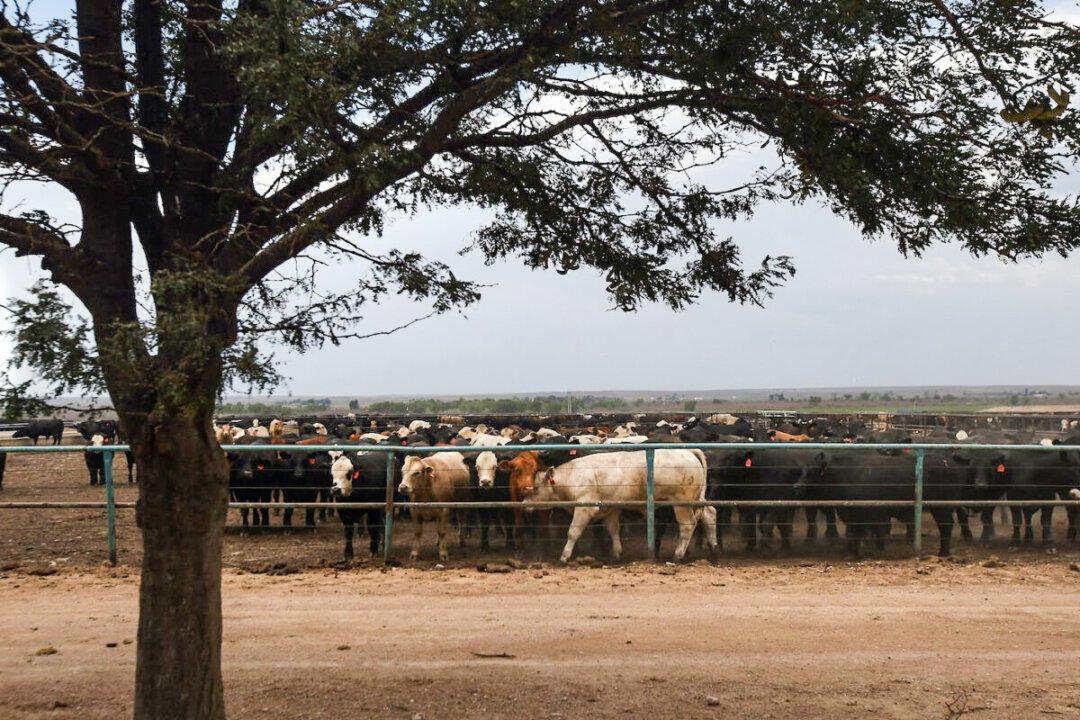Thousands of cattle have died across Kansas in what officials have attributed to extreme heat and humidity amid soaring temperatures.
Exact figures pertaining to the number of cattle that have died are yet to be confirmed, although officials have said at least 2,000 have lost their lives as some areas reached over 100 degrees Fahrenheit over the weekend.





